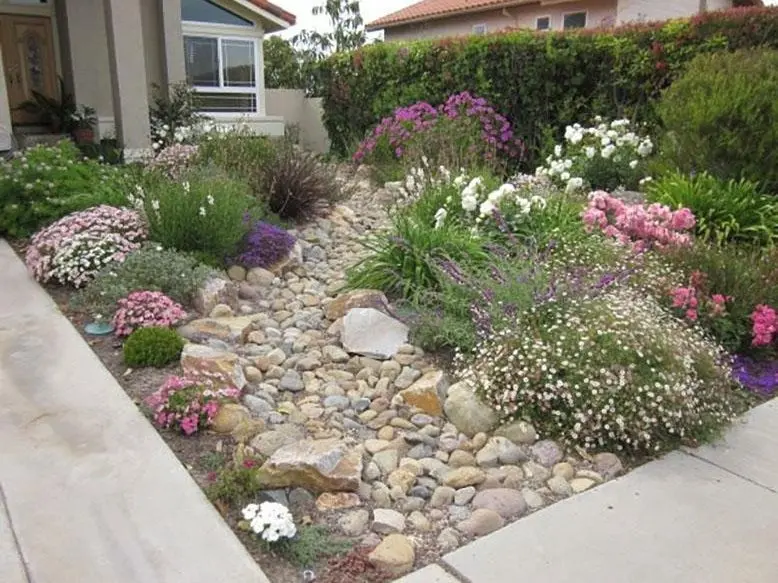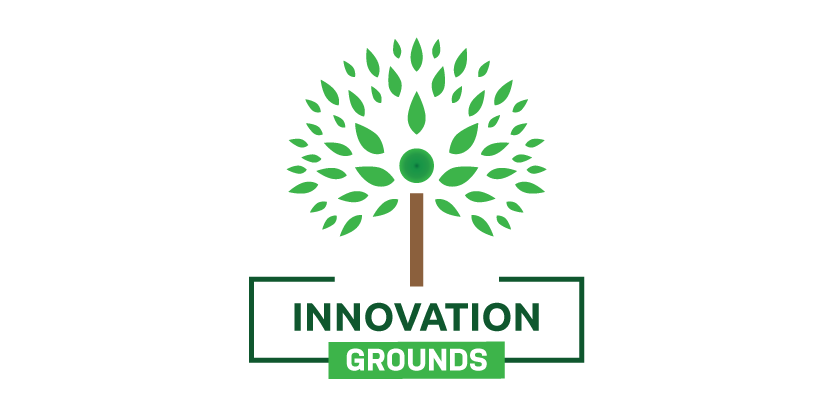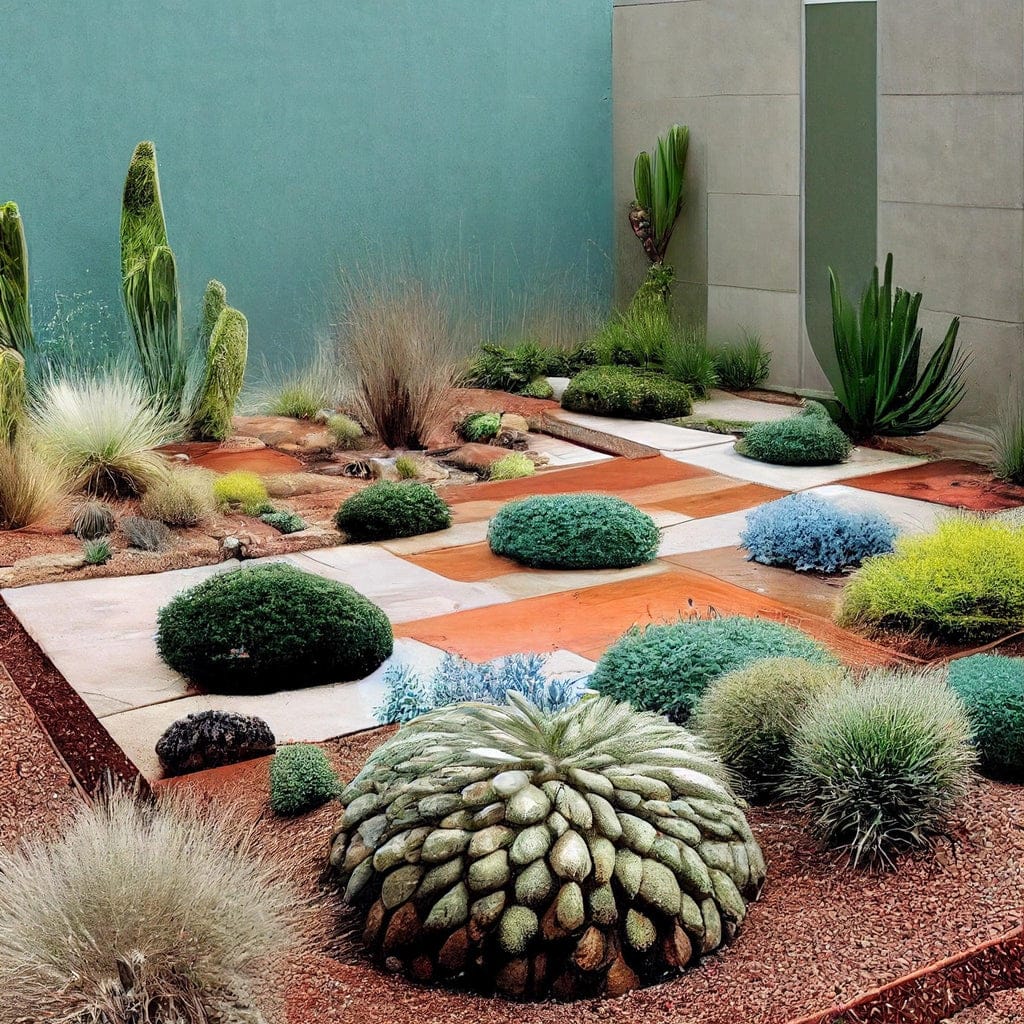5 Benefits of Xeriscaping for Austin Homeowners
By Innovation Grounds
As drought conditions continue to impact the Central Texas region, homeowners in Austin are looking for ways to conserve water, reduce their environmental footprint, and save on landscaping maintenance costs. One landscaping method that has gained popularity in recent years is xeriscaping—a landscaping technique designed to minimize water usage while still maintaining a beautiful, functional outdoor space. In this blog post, we will explore the 5 benefits of xeriscaping for Austin homeowners, offering practical reasons why this sustainable landscaping practice is ideal for the unique climate of the Austin area.
What is Xeriscaping?
Before diving into the benefits, it’s important to understand what xeriscaping entails. The term “xeriscaping” comes from the Greek word “xeros,” meaning dry, and refers to landscaping that focuses on using drought-tolerant plants and efficient irrigation methods. Xeriscaping reduces the need for supplemental watering and relies on native plants, efficient irrigation systems, and mulch to create an eco-friendly and sustainable landscape.
Xeriscaping doesn’t mean a barren or dry yard—rather, it’s a thoughtfully designed space with the right plants, materials, and techniques that thrive in dry conditions.
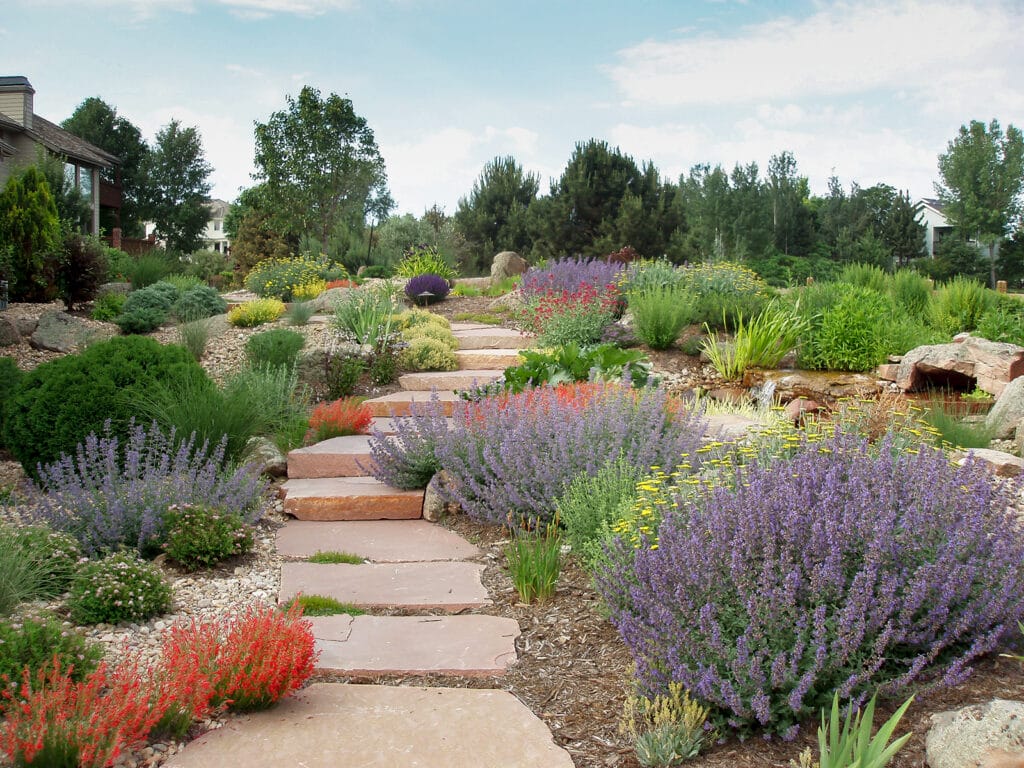
1. Water Conservation and Reduced Utility Bills
One of the most significant benefits of xeriscaping for Austin homeowners is water conservation. Austin’s hot summers and periodic drought conditions make water a valuable resource, and overwatering lawns is a major concern in the area. Traditional lawns, especially those using non-native grass species, require frequent watering to stay green, often leading to higher water bills.
Xeriscaping, however, utilizes drought-tolerant plants that are adapted to the local climate and require far less water once established. By selecting native or drought-resistant plants and incorporating efficient irrigation techniques, such as drip irrigation or soaker hoses, homeowners can significantly reduce their water consumption. This leads to lower water bills, as well as a positive environmental impact by reducing the strain on local water resources.
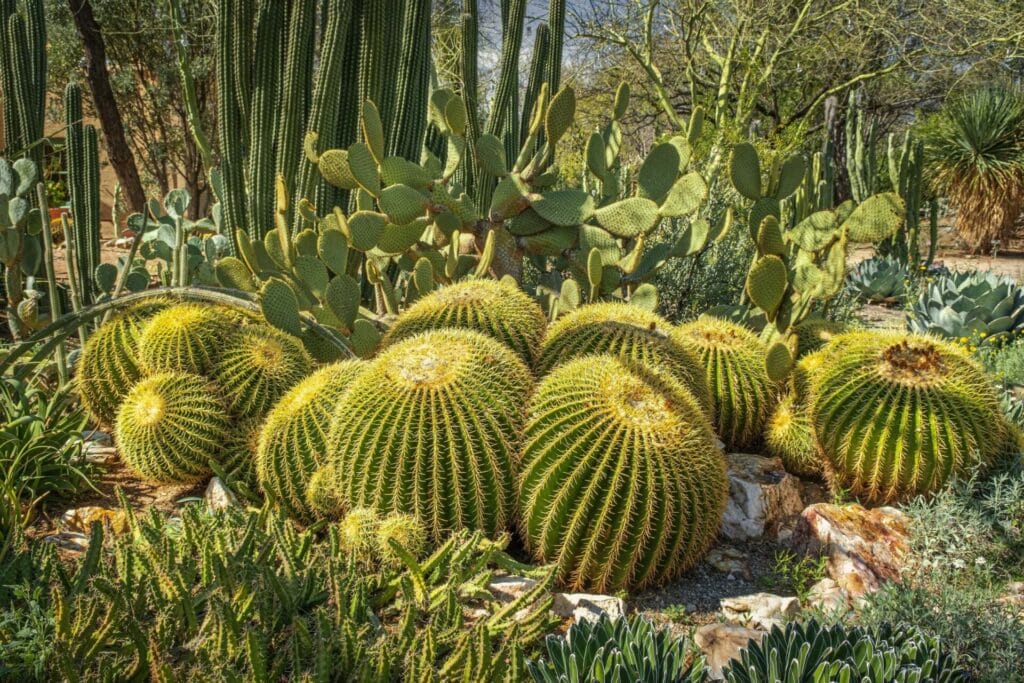
2. Reduced Maintenance Costs and Time
Maintaining a traditional lawn can be time-consuming and costly. Regular mowing, fertilizing, and weed control can quickly add up in terms of both time and money. Xeriscaping, on the other hand, requires much less maintenance. Drought-tolerant plants need less watering and fertilizing, and many of them are naturally resistant to pests and diseases, reducing the need for chemical treatments.
In addition, xeriscaping eliminates the need for mowing. The use of native plants, ground covers, and ornamental grasses reduces the area that needs to be regularly trimmed. Homeowners can spend less time and money on lawn maintenance, freeing up their weekends for other activities.
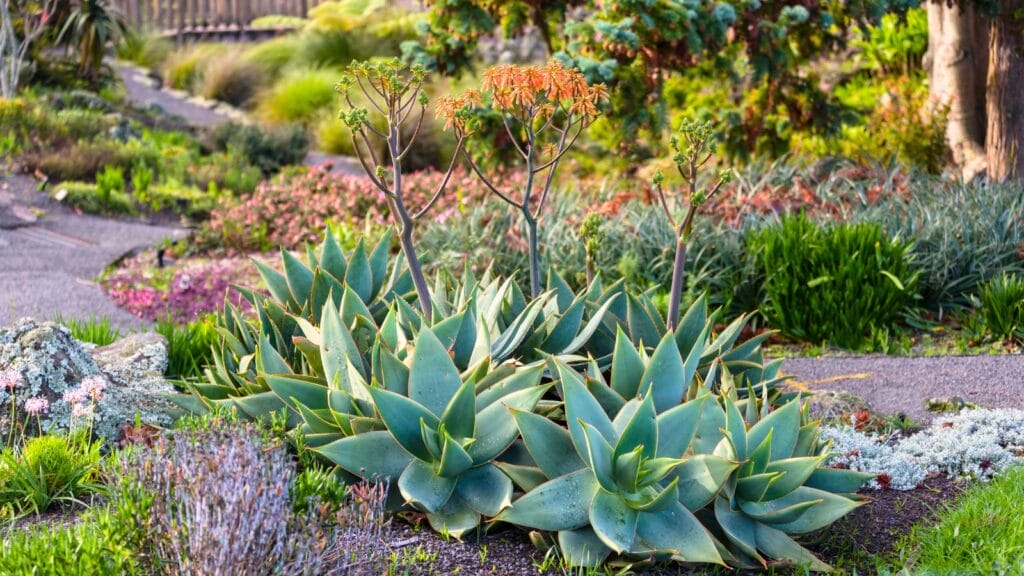
3. Improved Curb Appeal with Native Plants
One of the biggest misconceptions about xeriscaping is that it results in a barren, unattractive landscape. In fact, xeriscaping can be just as beautiful, if not more so, than traditional lawns. Native plants, which are adapted to Austin’s soil and climate, offer a wide variety of colors, textures, and seasonal interest. From colorful wildflowers to striking succulents, there is no shortage of aesthetically pleasing plants that thrive in dry conditions.
Moreover, xeriscaping promotes biodiversity. By using native plants, homeowners help create habitats for local wildlife, such as bees, butterflies, and birds. These plants support local ecosystems and help to maintain Austin’s natural beauty, providing both ecological and aesthetic value.
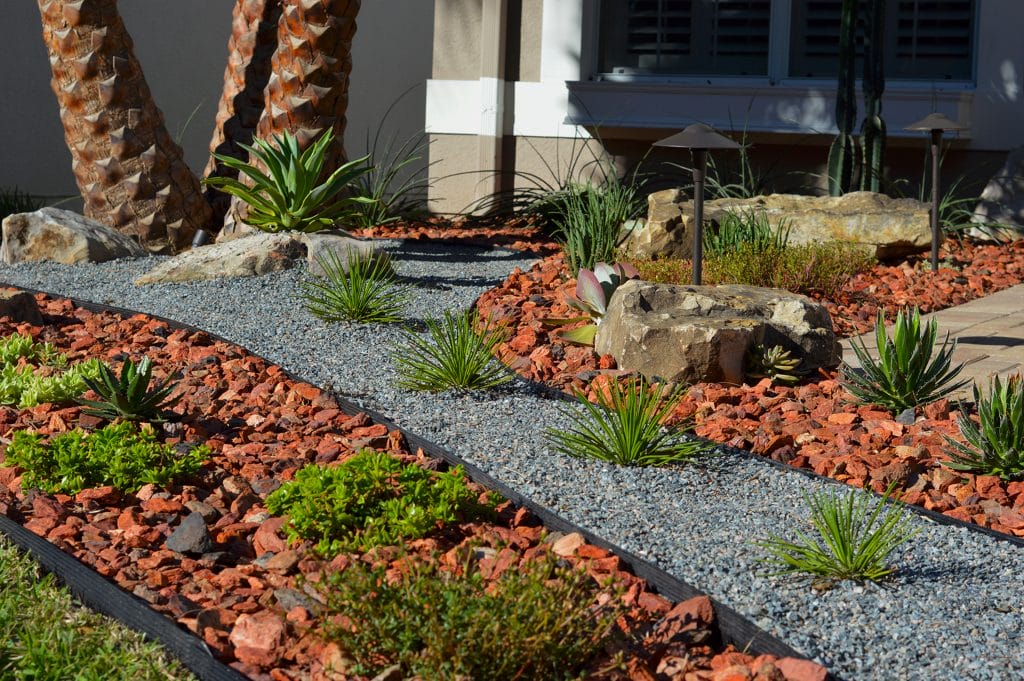
4. Environmental Benefits and Sustainability
Xeriscaping is an eco-friendly landscaping option that contributes to sustainability. By reducing water consumption and minimizing the need for chemical fertilizers and pesticides, xeriscaping supports a healthier environment. Native plants used in xeriscaping are adapted to the local climate, meaning they do not require the use of synthetic chemicals to thrive. This reduces pollution and minimizes runoff into Austin’s waterways, which can often carry harmful chemicals into rivers and lakes.
Additionally, xeriscaping helps reduce the carbon footprint associated with lawn care. Traditional lawns often require gas-powered lawnmowers, leaf blowers, and other equipment that contribute to air pollution. By eliminating the need for these machines, xeriscaping can help lower your household’s carbon emissions.
Xeriscaping also promotes soil health. The deep-root systems of native plants help prevent soil erosion, increase water retention, and improve the soil structure over time. These benefits not only contribute to a healthier yard but also support the broader ecosystem.
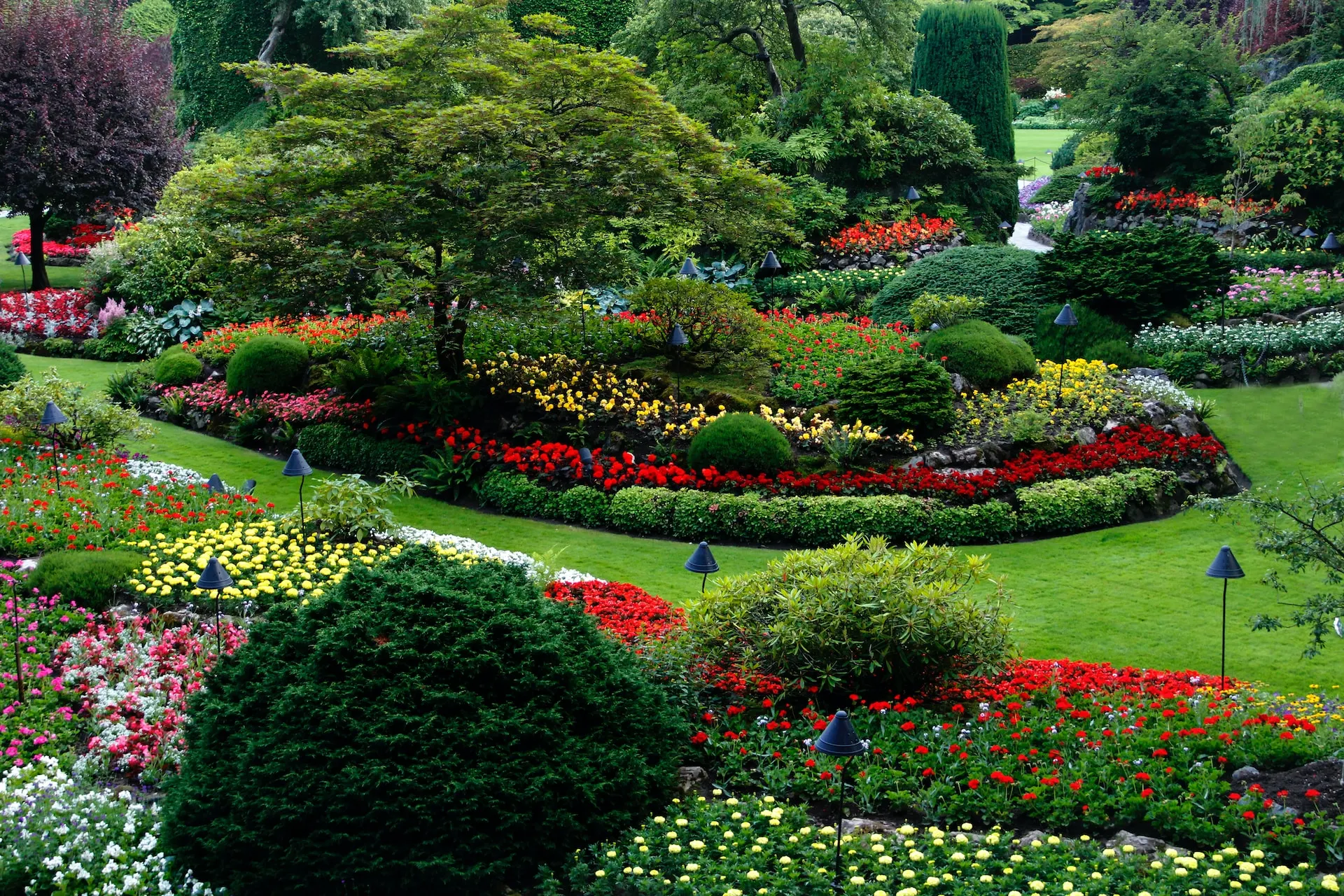
5. Increased Property Value and Long-Term Investment
Austin’s real estate market is competitive, and homeowners are always looking for ways to increase the value of their properties. Xeriscaping can enhance the curb appeal of a home and make it stand out to potential buyers. A well-designed xeriscape landscape requires less upkeep, which can be an attractive selling point for buyers looking for low-maintenance homes.
Additionally, xeriscaping is a long-term investment that pays off over time. As the cost of water increases and environmental concerns become more prominent, xeriscaped homes will likely become more desirable. By investing in xeriscaping now, homeowners are not only conserving resources but also adding value to their property.
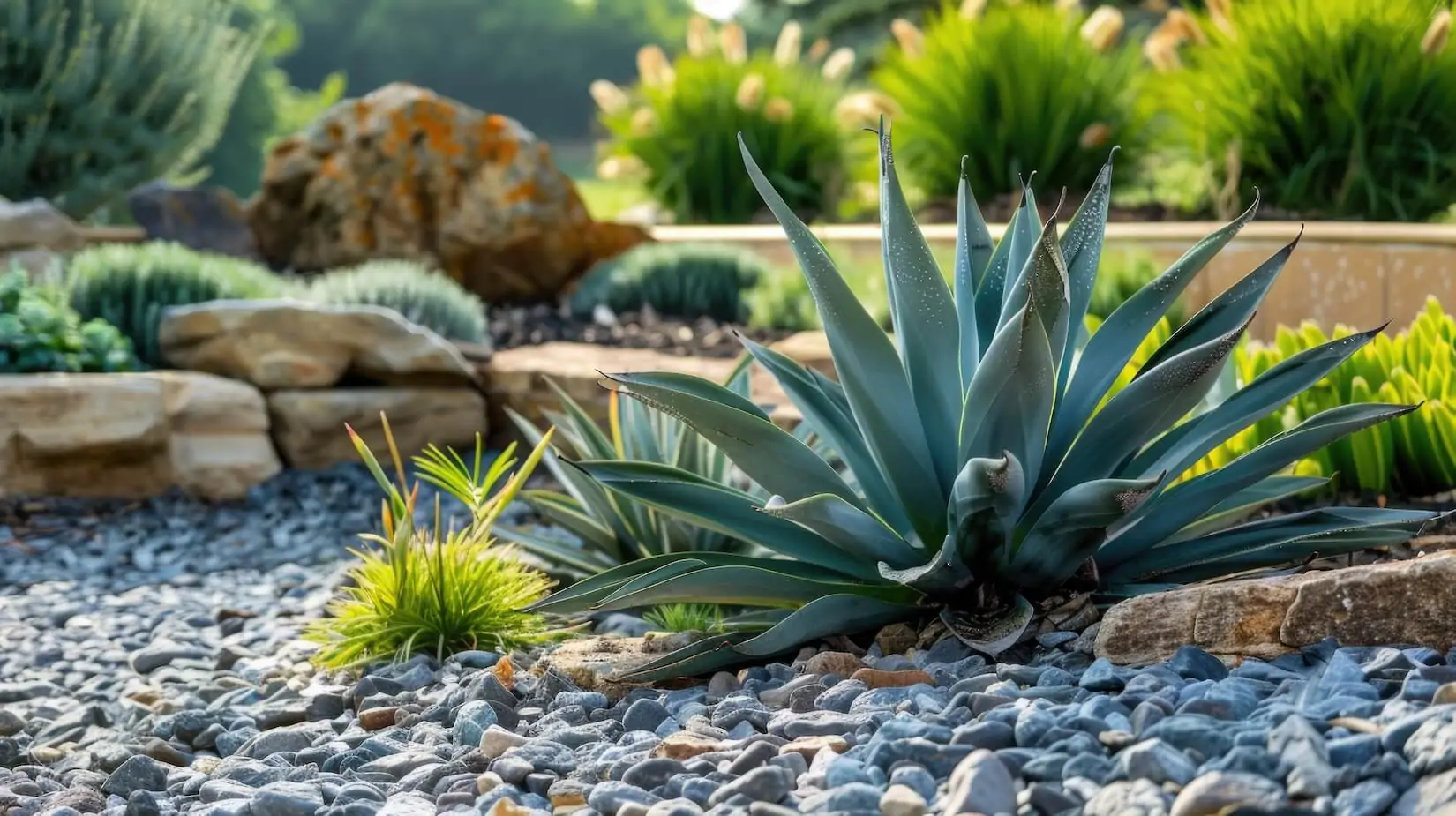
How to Get Started with Xeriscaping in Austin
If you’re considering xeriscaping your Austin home, here are some key steps to get started:
Assess Your Landscape: Take stock of your current landscape. Consider the amount of sunlight, shade, and the specific water needs of different areas of your yard. Identify spots that may require more water and focus on those areas for your xeriscaping project.
Choose Drought-Tolerant Plants: Research native and drought-tolerant plants that thrive in Austin’s climate. Some popular options include Texas sage, blackfoot daisy, lantana, and red yucca. Visit local nurseries or consult with a landscaping professional to help you select the best plants for your space.
Implement Efficient Irrigation: While xeriscaping reduces the need for watering, it’s still important to install an efficient irrigation system. Drip irrigation or soaker hoses are great options for delivering water directly to the roots of plants, ensuring that water is used efficiently.
Incorporate Mulch: Adding mulch around plants helps retain moisture, suppresses weeds, and improves soil health. Use organic mulch, such as wood chips or compost, for the best results.
Maintain Your Xeriscape: Though xeriscaped landscapes require less maintenance than traditional lawns, they still need occasional care. Regularly check for pests, trim plants as needed, and ensure that your irrigation system is functioning properly.
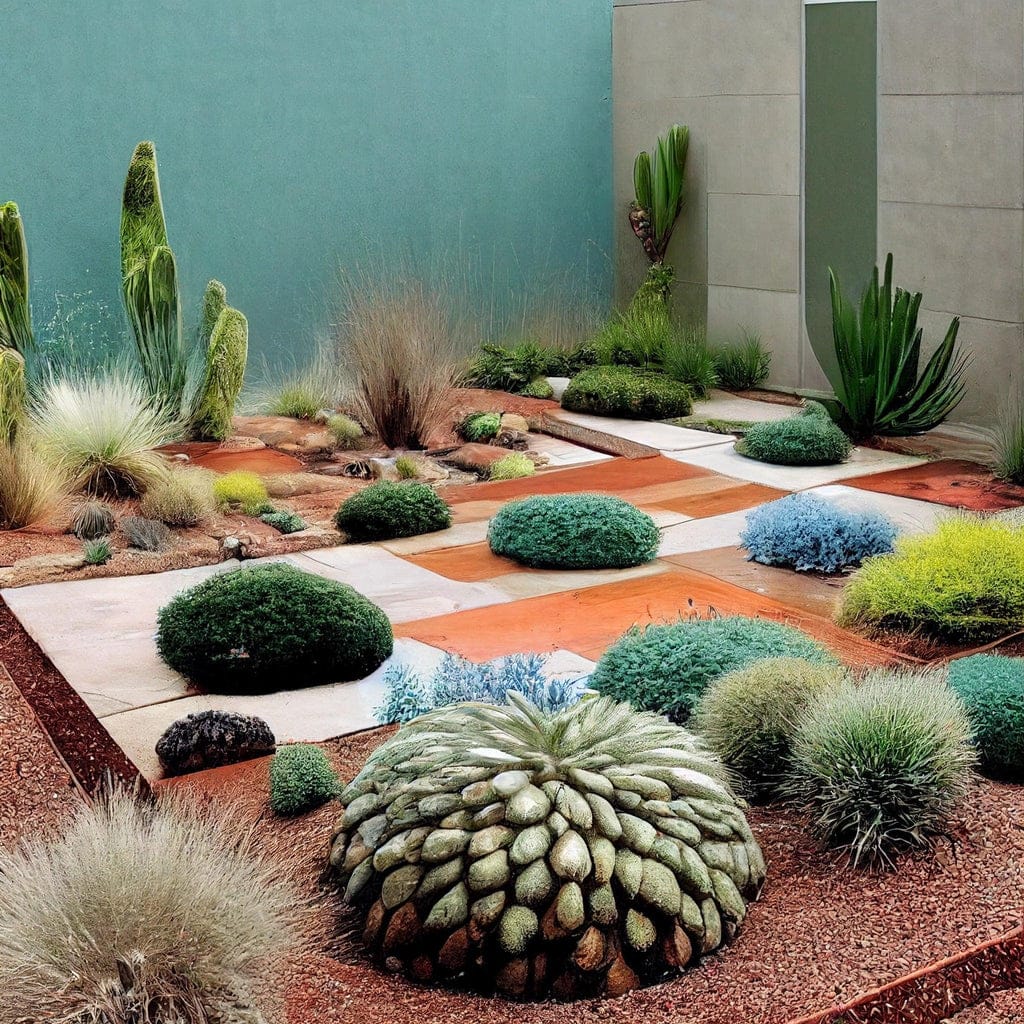
Conclusion
Xeriscaping offers numerous benefits for Austin homeowners looking to conserve water, reduce maintenance costs, and enhance their outdoor spaces. With its ability to conserve water, reduce utility bills, and create beautiful, sustainable landscapes, xeriscaping is a smart investment that benefits both homeowners and the environment. As Austin continues to face challenges related to water scarcity and climate change, xeriscaping is a practical and forward-thinking solution that supports a greener, more sustainable future for our community.
By embracing xeriscaping, you can create an eco-friendly, low-maintenance yard that not only saves you money but also helps preserve the natural beauty of Austin for future generations.
